The Real Reason Your Hair Feels Like It's Throbbing
Yes, your hair can actually hurt. Here's what to do about it .
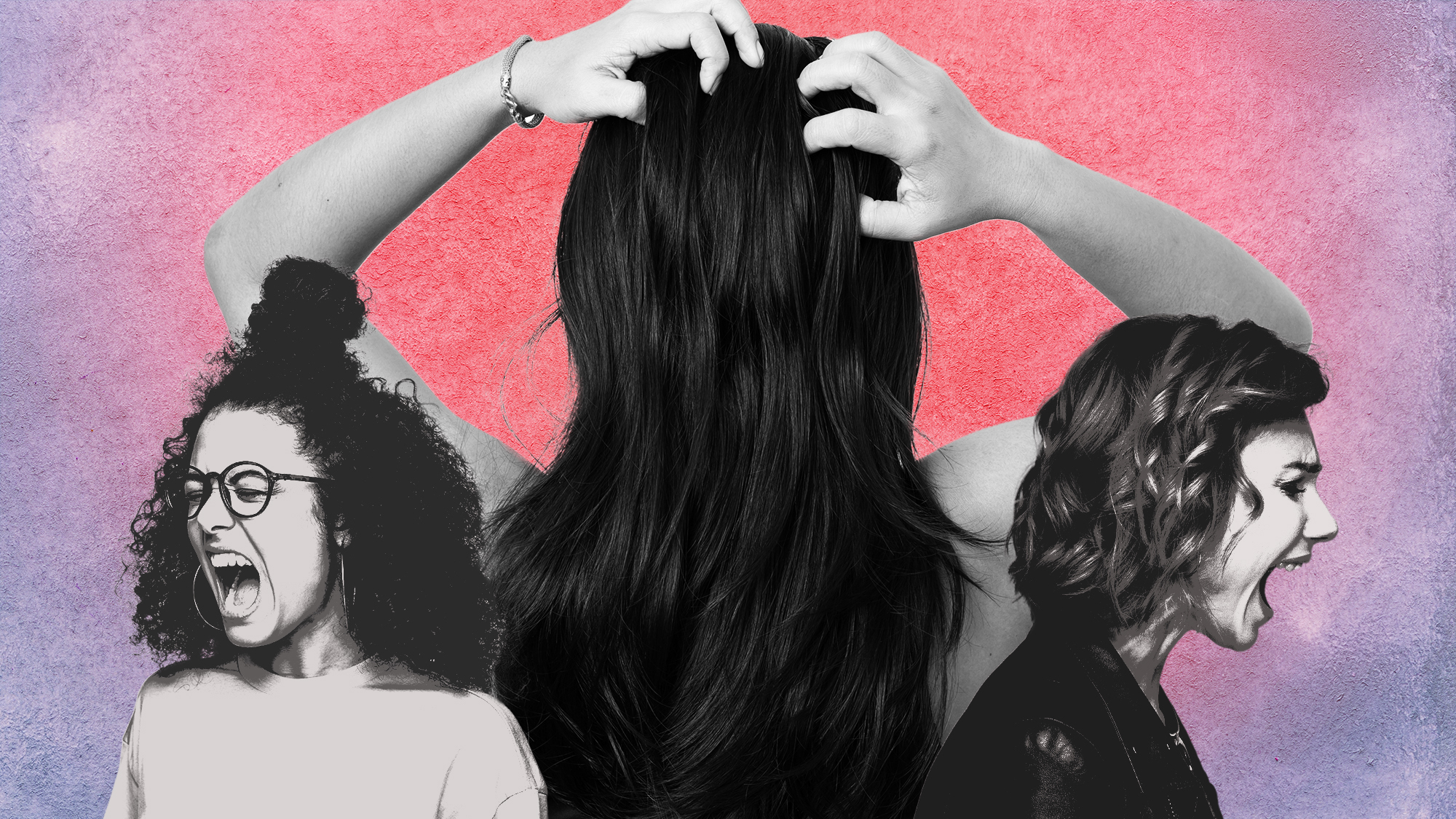
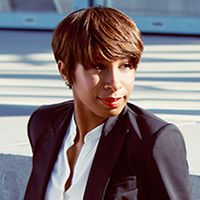
Chloe Metzger
Maybe you haven’t washed your hair in a while, or maybe you’ve had it lazily tucked into a top knot for a few days. Then, out of nowhere, it starts to physically throb. Science says hair can’t actually hurt (hair is dead, after all), but that uncomfortable tender-headed feeling isn't your imagination. A sore, achy scalp can leave your hair feeling sensitive to the touch, causing you to avoid combing, brushing, or even washing your hair.
“Scalp sensitivities can occur due to many things, from seasonal changes when the weather gets dryer to product irritations or buildup (i.e. sometimes overusing dry shampoo can clog your scalp making it itchy and uncomfortable), to even wearing hats too often,” explains House of Frieda celebrity stylist, Laura Polko, whose clients include Charli D’Amelio and Madelyn Cline. Once irritation takes hold, inflammation can start to make your hair feel like it's hurting. "If you then find yourself scratching your scalp, you’ll actually end up releasing cytokines, these little chemicals that start a whole inflammatory cascade through your scalp," adds Yale dermatologist Mona Gohara, MD. "With more inflammation, brings more blood flow to the area, resulting in that throbbing pain you feel in your hair.’”
All that said, if you maintain healthy scalp hygiene and still experience scalp issues, something larger might be at play. Below, we break down the five main culprits of a tender scalp—and dermatologist-approved recommendations to reduce the pain.
Tension on the Hair and Scalp
Certain tight or heavy hairstyles, such as braids, weaves, or extensions, cause constant tension on the hair and scalp. Unfortunately, this excess pulling can lead to a condition called traction alopecia, where the hair follicles are under continuous stress, and eventually stop growing. “Over time, this can cause inflammation of the hair follicles and surrounding scalp tissues,” explains celebrity hairstylist, licensed trichologist and Senior Director of Product Development at MAV Beauty Brands, Kimberlee J. Blakley. “The pain associated with tension alopecia results from the continuous strain on the hair roots.”
To combat scalp pain from tension, she suggests by shying away from frequent tight ponytails and top knots. “If you have a protective style, your concern is preserving your scalp and your investment,” she shares. “But, if you notice any tiny bumps or pustules at the scalp, remove them ASAP.” Her best advice? Don’t be afraid to speak up to your stylist if you feel pain or tugging at your scalp during or after your appointment. You can also include a scalp oil in your regimen to keep the scalp hydrated.
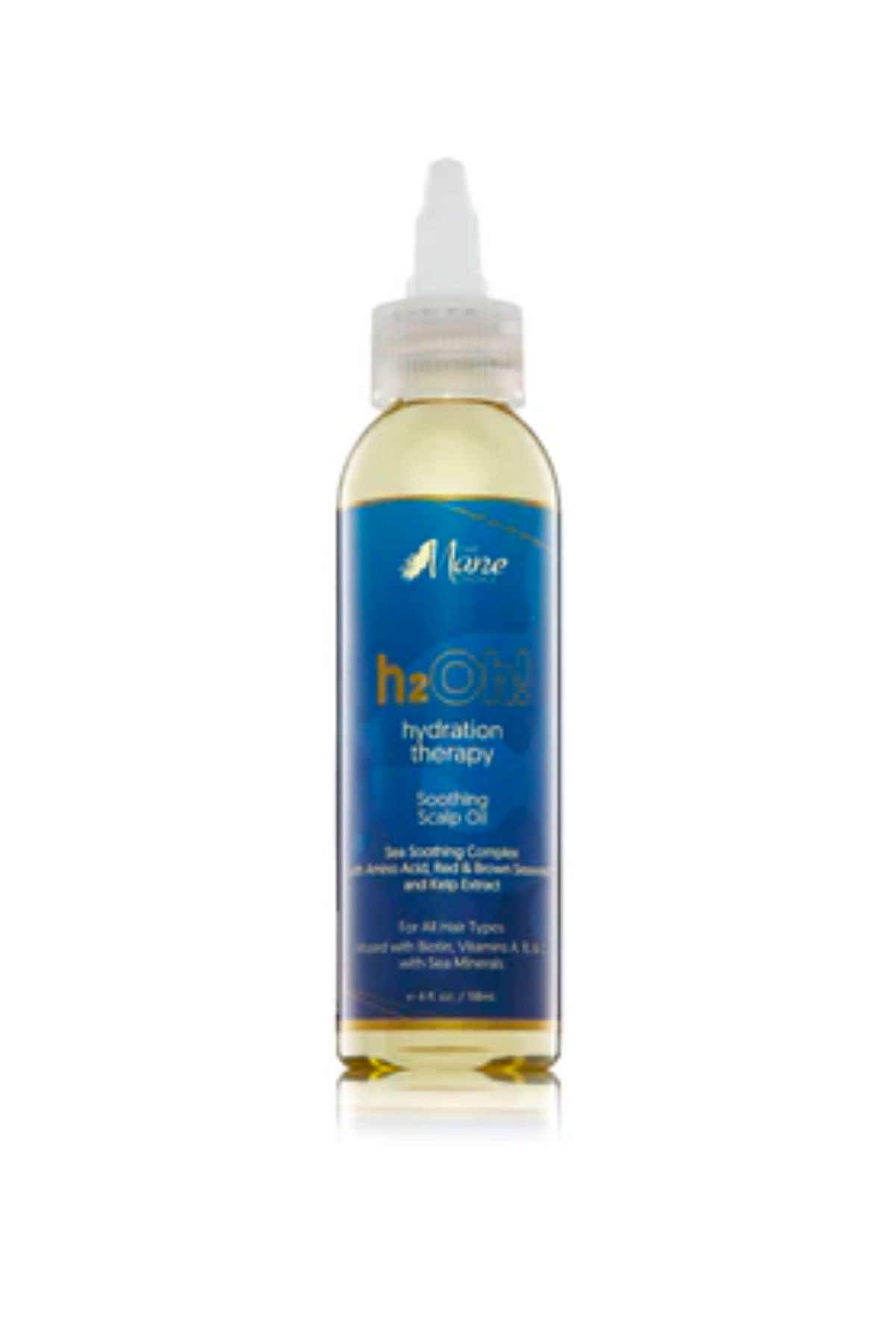
Ease slight tension and discomfort with this daily moisturizing scalp oil formulated with a soothing blend of rosemary oil, castor oil, and algae extract.
Pros: Formulated with natural ingredients
Cons: May be to heavy for some hair types
Customer Review: “This oil is lightweight and smells delicious—it soothes the scalp just like it says it does!”

Packed with peptides and hyaluronic acid, this weightless serum helps create thicker, fuller, and healthier hair, all while nourishing the scalp.
Pros: Lightweight
Cons: Expensive
Customer Review: "I love this product. It is non greasy and it is working. I have a lot of new small baby hair around my hair line. Highly recommend it. Am very hopeful I have found my solution!" — Nordstrom
Folliculitis
Sometimes the painful sensation you feel on the hair shaft is actually originating from an issue at the root. While there are a few different diagnoses that could be at play, a fairly common one is called folliculitis. Folliculitis is the inflammation or infection of hair follicles, which sometimes results in major discomfort. “When hair follicles become clogged, they can get red, swollen, and painful,” explains Blakely. “Folliculitis can result from bacterial, fungal, or viral infections, and it often occurs when the hair follicles become clogged, either from oil, sweat, or other debris. The pain may result from inflammation, itching, or even a reaction to accumulating residues on the scalp.”
If you suspect folliculitis is the culprit of your hair's pain, getting a professionals opinion is best. Even mild infections might require a prescription lotion, gel, or pill. You'll want to visit a board-certified dermatologist or trichologist who is "trained to diagnose and address issues related to the hair and scalp."
Stay In The Know
Get exclusive access to fashion and beauty trends, hot-off-the-press celebrity news, and more.
Infrequent Washing
If you’ve pushed past your suggested wash day, your hair can start to feel a little, well, off. There’s a reason for that. “A clogged scalp prevents both sebum and hair from growing and releasing naturally from the hair follicle,” explains NYC-based hair health expert and trichologist, Shab Caspara. “It creates inflammation and hinders hair growth, disrupts the scalp microbiome, and causes the overproduction of sebum." Think of the resulting irritation as your body's defense mechanism.
The good news: The fix is pretty easy. Adding a clarifying shampoo into your routine biweekly is a great tool to get rid of buildup, especially if you’ve used a lot of product in your hair, like a dry shampoo. “Clarifying shampoos typically contain more harsh cleansing agents and are therefore recommended to use on an as-needed basis,” she explains. “To prevent drying-out your strands, focus mostly on the scalp and avoid scrubbing the product into your actual hair.”
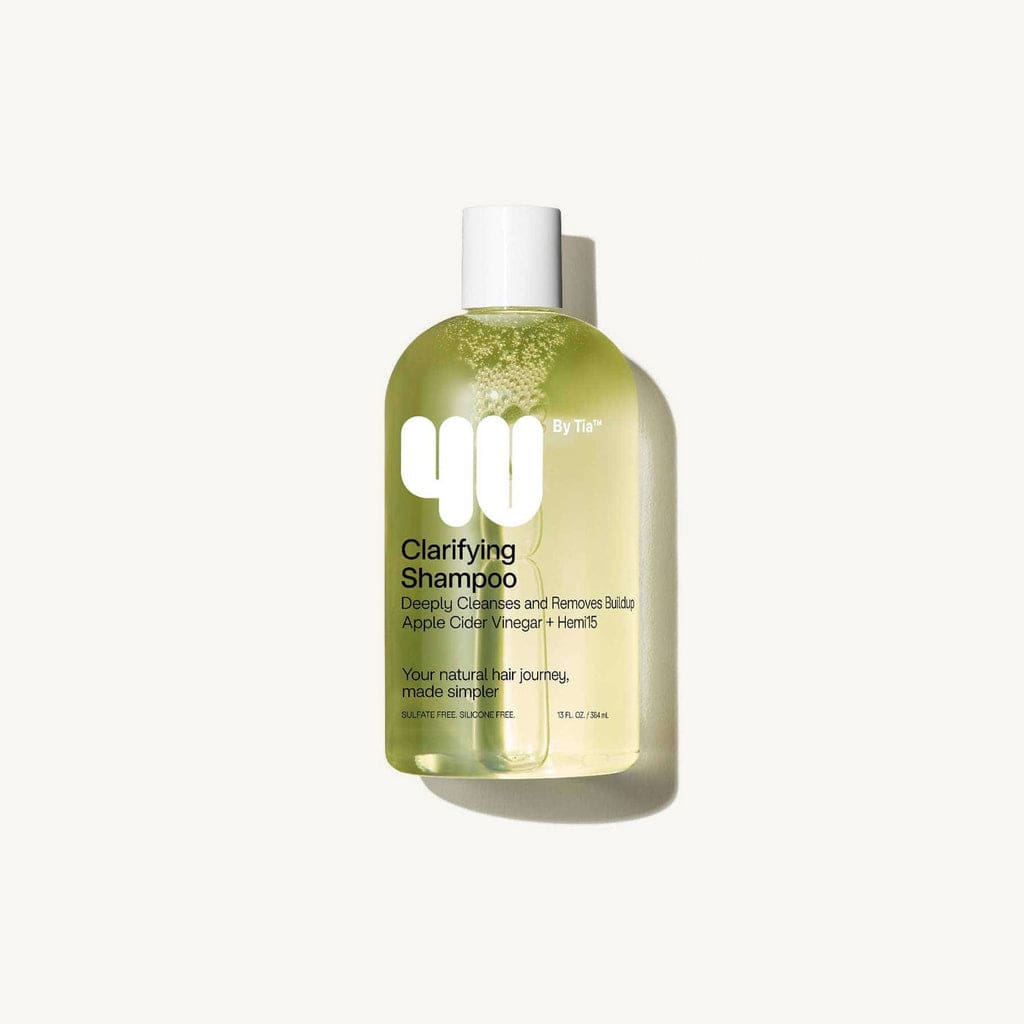
This purifying shampoo relies on a mix of clean ingredients like apple cider vinegar and sea moss extract to clean hair without stripping.
Pros: Works on colored or chemically treated hair
Cons: Designed for curly and/or textured hair
Customer Review: “I wish I had known about this brand sooner! I love the way this shampoo makes my hair feel. It looks so hydrated after I wash it. I also love how it leaves my hair smelling fresh. The shampoo doesn’t have a perfumey smell which I absolutely love so when washing my hair with it leaves it smelling fresh and light!” — 4U
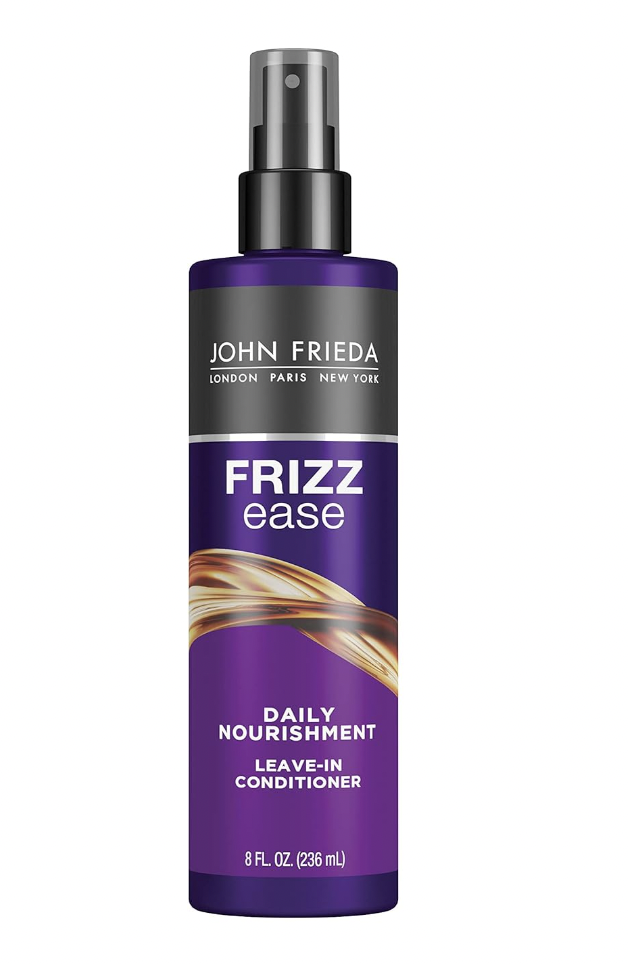
This soothing leave-in conditioner made for dry, stressed, or damaged hair is enriched with vitamins A, E, and C along with green tea extract.
Pros: Hydrating formula
Cons: Some find the smell to be strong
Customer Review: “Finding a decently working product for my naturally curly hair has always been the bane of my existence. It seems like every time I find a product that I am reasonably satisfied with, it is suddenly discontinued. So I have tried numerous products over the years and have been unhappy with the way every one of them have either left my hair crunchy or sticky feeling. My curls are well defined, my hair is soft to the touch, and I don't have that "sticky" feeling.” — Amazon
Over Washing
In the same way that not washing your hair enough can cause irritation, overwashing can lead to the same hair hurting state. “A great comparison would be over washing your face, which as we know can dry out our skin and similarly disrupt the microbiome and pH levels,” explains Caspara. “Washing hair too frequently (everyday or every other day) with shampoos that contain unsafe and harsh cleansing agents can dry out and strip the scalp of its protective layer known as the acid mantle.”
When figuring out how often to wash your hair, texture is a huge factor. Curls and coils can often prolong time in between shampoos, whereas straight, finer hair types may find their hair getting greasy after a few days. Consider other variables like workout schedule, product usage, and hair porosity to find the right sweet spot.
If you do need to wash your hair every day or every other day, make sure you're using a hydrating shampoo that will restore moisture to the scalp.
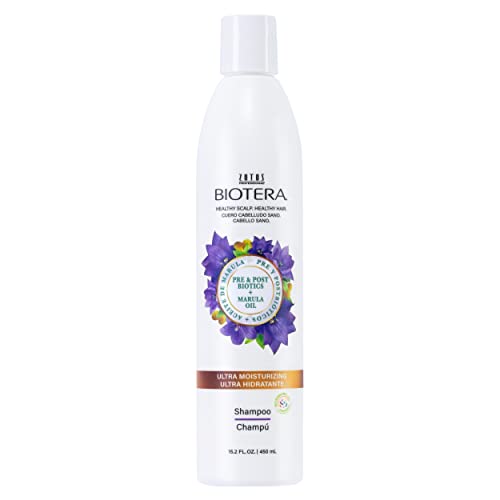
Created to be gentle on the scalp’s biome, this professional line of shampoos are uniquely formulated with ingredients like coconut yogurt and ginseng for optimal hair health.
Pros: Gently cleansing formula, free from SLS/SLES Sulfates*
Cons: Fragrant smell
Customer Review: “This shampoo is awesome!! It leaves my hair feeling super clean and doesn’t irritate my scalp! I tend to get a lot of buildup from products and this shampoo eliminates that gives me clean, fresh hair! My only complaint is that I don’t have a bigger bottle!”
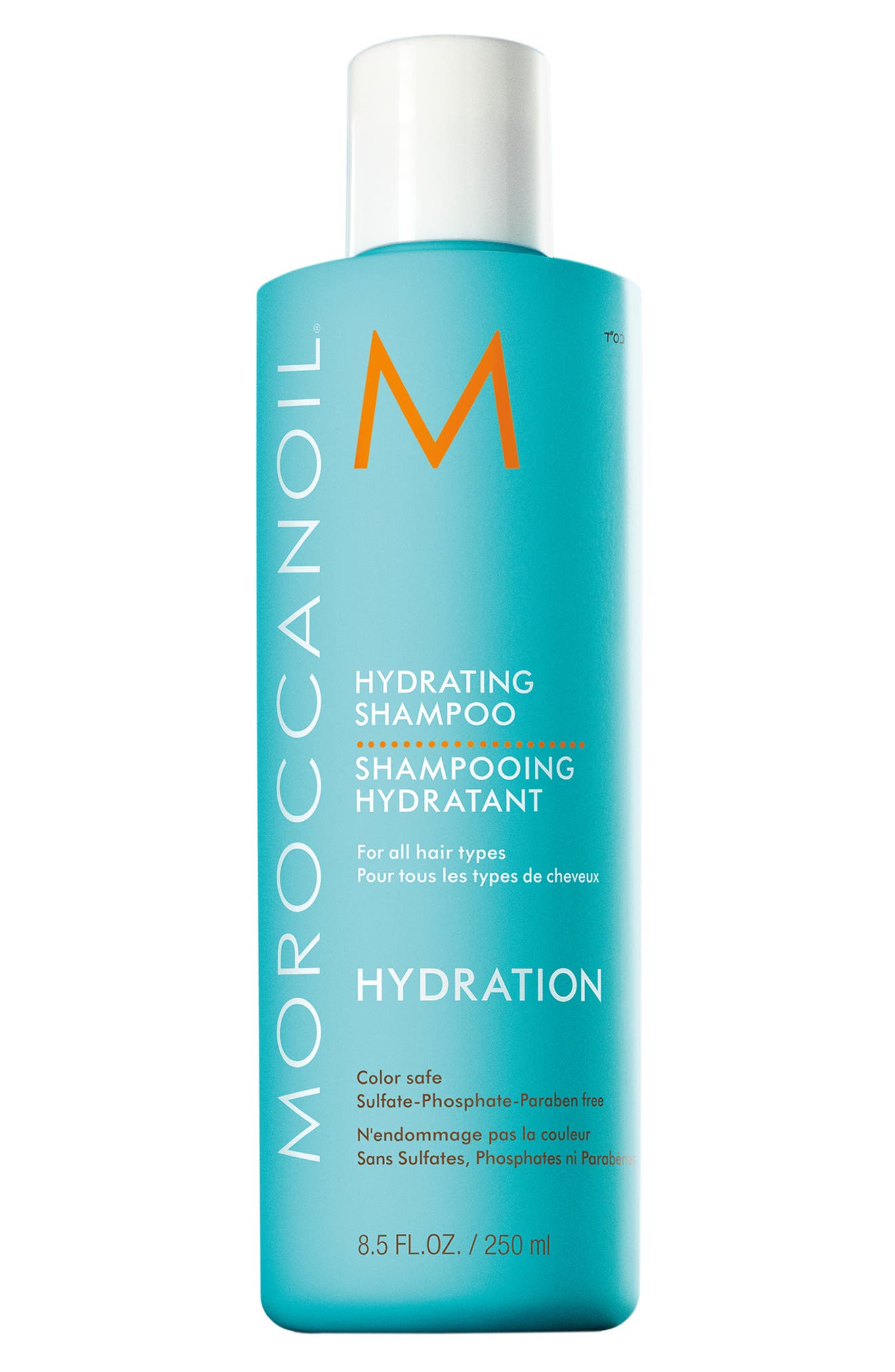
If your hair is always on the drier side, this shampoo belongs in your shower. It's deeply nourishing, smells amazing, and will effortless remove buildup from your scalp without stripping the skin.
Pros: Deeply nourishing; Smells amazing
Cons: Might weigh down fine hair
Customer Review: "This has become a staple in my shower. I have longish, fine, dry hair that I wash and heat style every day. Most moisturizing shampoos weigh my hair down to the point I look like I have 10 hairs on my head. This shampoo "hydrates" somehow with no residue left behind and makes my hair look healthy and full!" — Nordstrom
Scalp Dryness
When the seasons change, it's common to experience tight, dry skin. The scalp, an extension of the skin, is no different. Frequently moisturizing with calming serums or oils can help soothe and relieve some of the discomfort, but if you notice dandruff or lingering irritation, seek professional help. “It's essential to consult a trichologist (or a dermatologist) who can provide specialized guidance and treatment options,” explains Blakely.
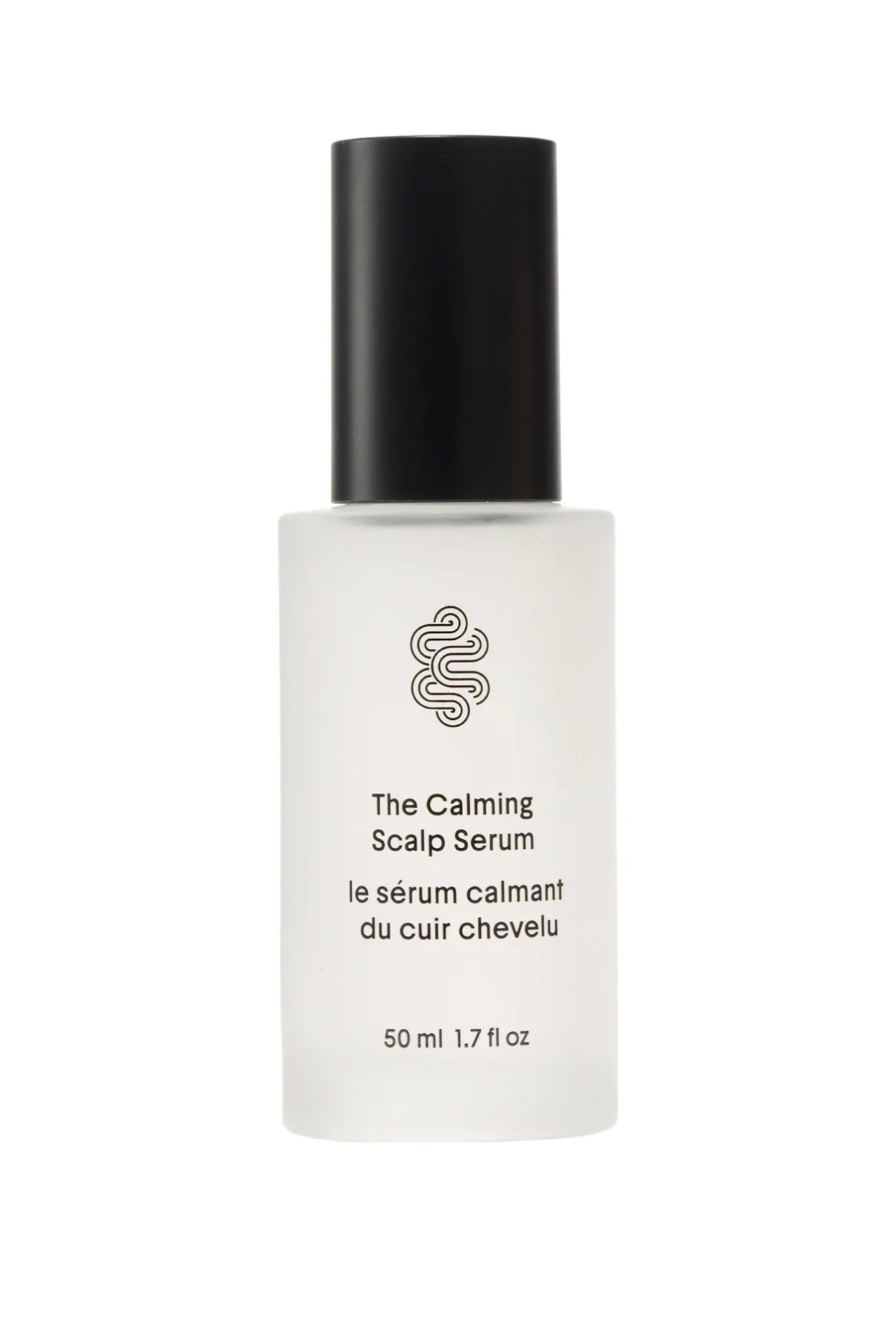
Versatile enough for normal to dry and even mildly irritated scalp types, this skincare-forward serum deeply hydrates thanks to hyaluronic acid while combating inflammation with peppermint oil.
Pros: Works on wet and dry hair
Cons: Pricepoint
Customer Review: “I’ve tried so many scalp products and I’m always skeptical because it’s so hard to target the scalp. I was pleasantly surprised with this one though. It’s a spray but the spray is very direct and it’s easy to target the scalp making it easy to use. It also smelled so good! I could smell it all day.”
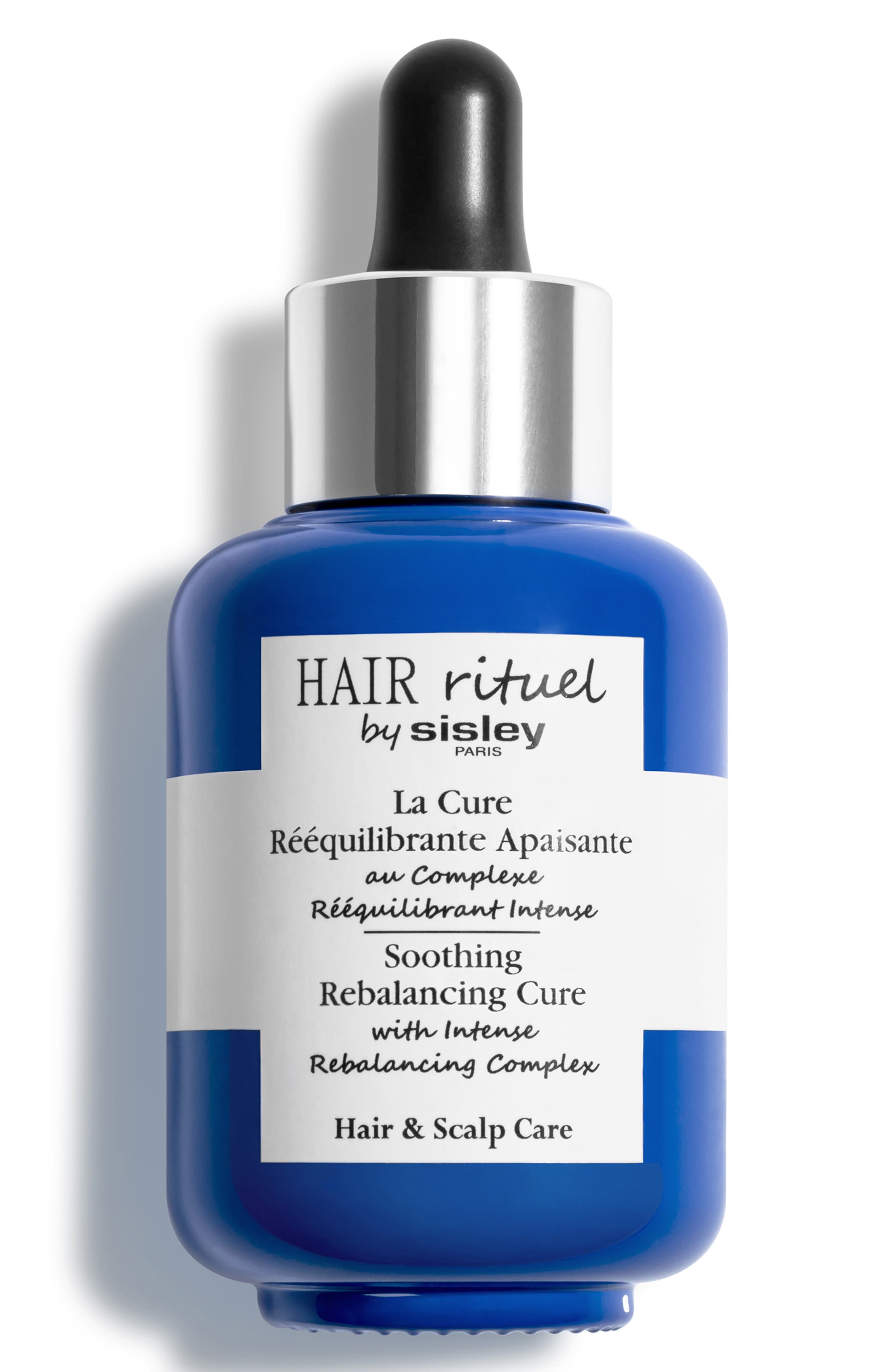
This rebalancing treatment is packed with plant extracts to balance, hydrate, and soothe an irritated scalp.
Pros: Hydrating
Cons: Expensive
Customer Review: "I have been buying Sisley products for years but the one area I love the most are the Sisley hair care, specifically the Rituel." — Bloomingdales
Meet the Experts
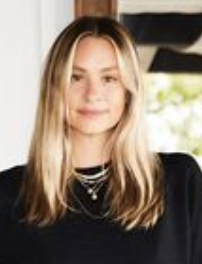
Laura Polko is an L.A. based hair stylist. Some of her clients include Gigi and Bella Hadid, Priyanka Chopra, Adriana Lima, Emma Roberts, Rosie Huntington-Whiteley, Hailee Steinfeld, Candice Swanepoel, Adriana Lima, Olivia Munn, and Poppy Delevingne.
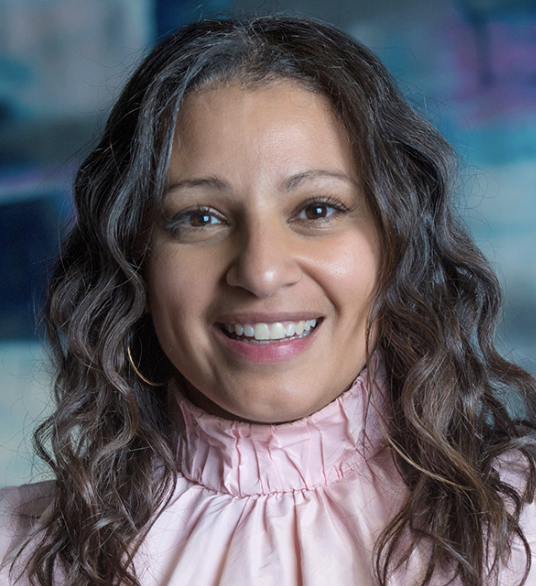
After graduating from medical school with AOA honors, Dr. Mona Gohara did her dermatology training at Yale New Haven Hospital, where she served as chief resident. Dr. Gohara continues to teach at Yale where she holds a faculty appointment as an associate clinical professor. Dr. Gohara and her husband have two tween boys. Besides mothering and doctoring, she spends time watching her son’s basketball games, educating the public on skin health, skin cancer, and sun protection. She has done this through writing, lecturing on the local, national, and international level, and by engaging popular media.
Dr. Gohara serves as a medical expert for ELLE, Cosmopolitan, Vogue, O the Oprah Magazine, Good Housekeeping, Allure and Real Simple. She is on the advisory board of Women’s Health Magazine. Dr. Gohara serves as Vice President of the Women’s Dermatologic Society. She is an active member of The American Academy of Dermatology, where she chairs the Social Media Task Force, and The American Society For Dermatologic Surgery, where she chairs the Media Relations Work Group.
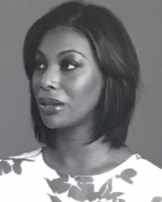
As a Product Development Manager, Blakely creates new product concepts and follow them through to commercialization. She determines each products benefits for various hair types, as well as conducts testing and analyze each product’s benefits against competitors’ product lines.
Janell M. Hickman-Kirby is a seasoned writer, editor, and brand expert based in Brooklyn, New York currently working as senior brand copywriter at Sol de Janeiro.
A Minneapolis native, Janell moved to New York to join WWD after earning her degree in Journalism from Hampton University and swiftly made her way up in the city’s fashion-culture world, working at the Victoria's Secret headquarters where she assisted on legendary 2008 and 2009 fashion shows.
- Chloe MetzgerBeauty Editor
-
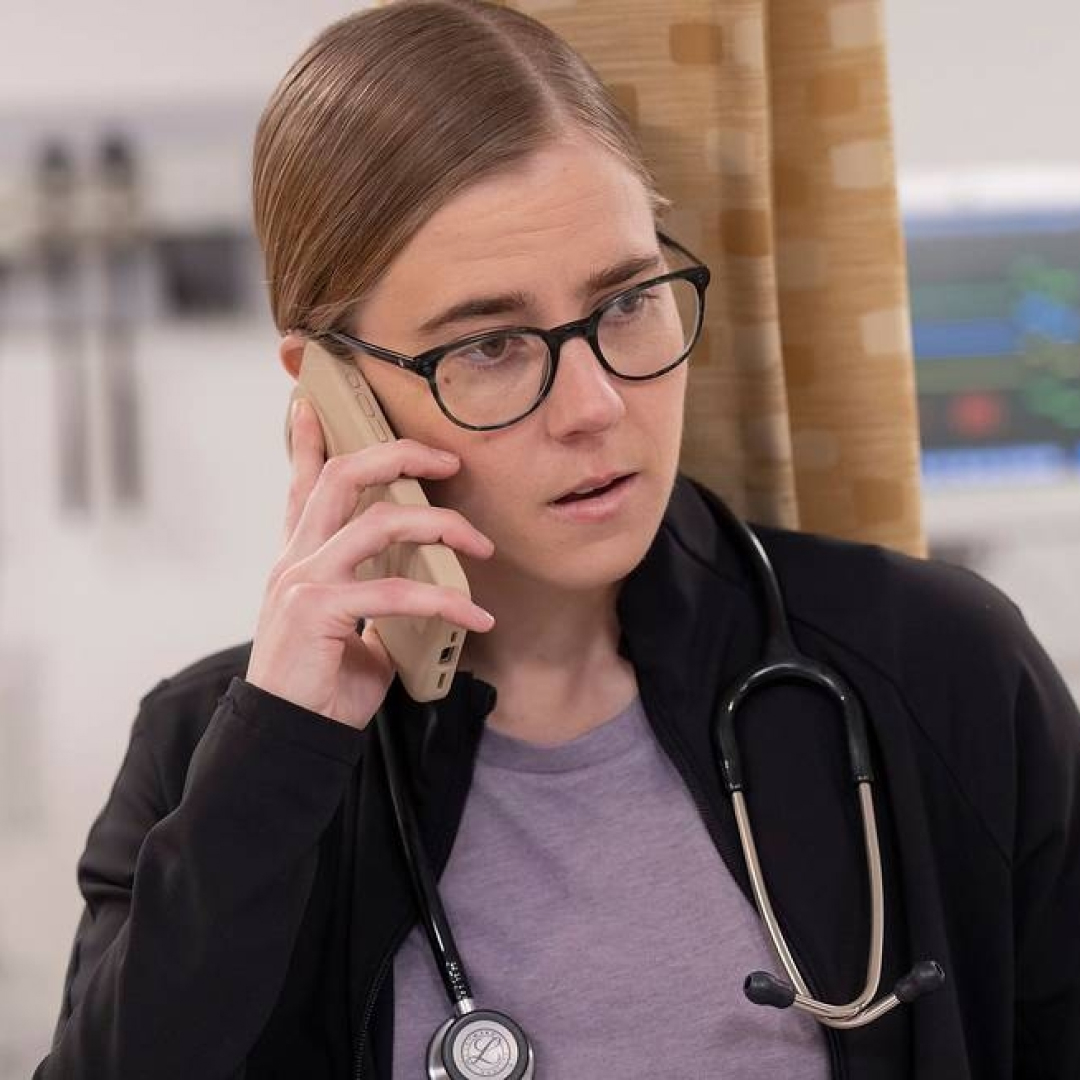 'The Pitt' Star Taylor Dearden Says She Sees Her and Dr. Mel's Neurodivergence as "a Superpower"
'The Pitt' Star Taylor Dearden Says She Sees Her and Dr. Mel's Neurodivergence as "a Superpower"Here's what to know about the Max series's breakout star, who just so happens to come from TV royalty.
By Quinci LeGardye Published
-
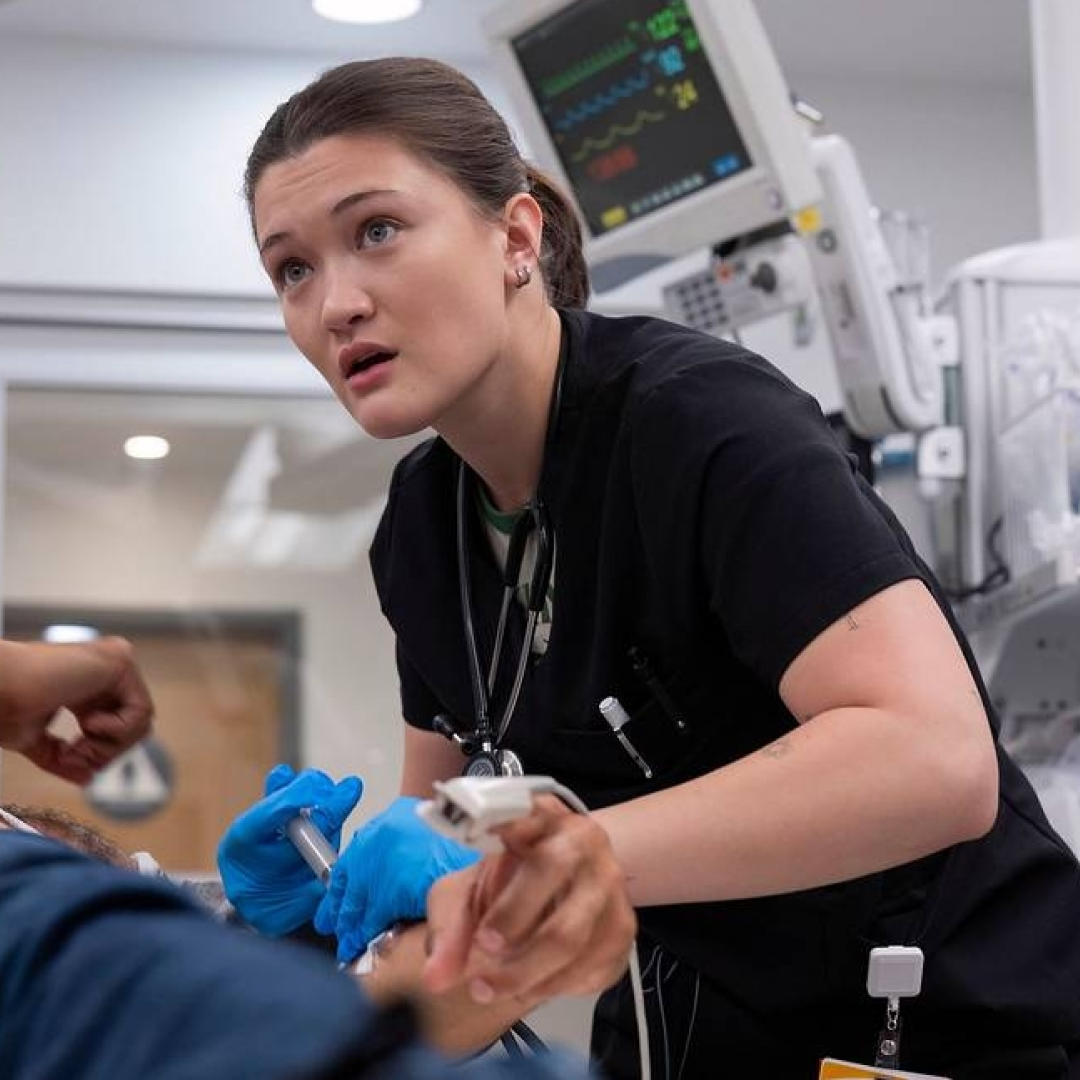 We Owe Trinity Santos From 'The Pitt' an Apology
We Owe Trinity Santos From 'The Pitt' an ApologyThe season finale of the smash Max series proved that the most unlikable character on TV may just be the hero we all need.
By Jessica Toomer Published
-
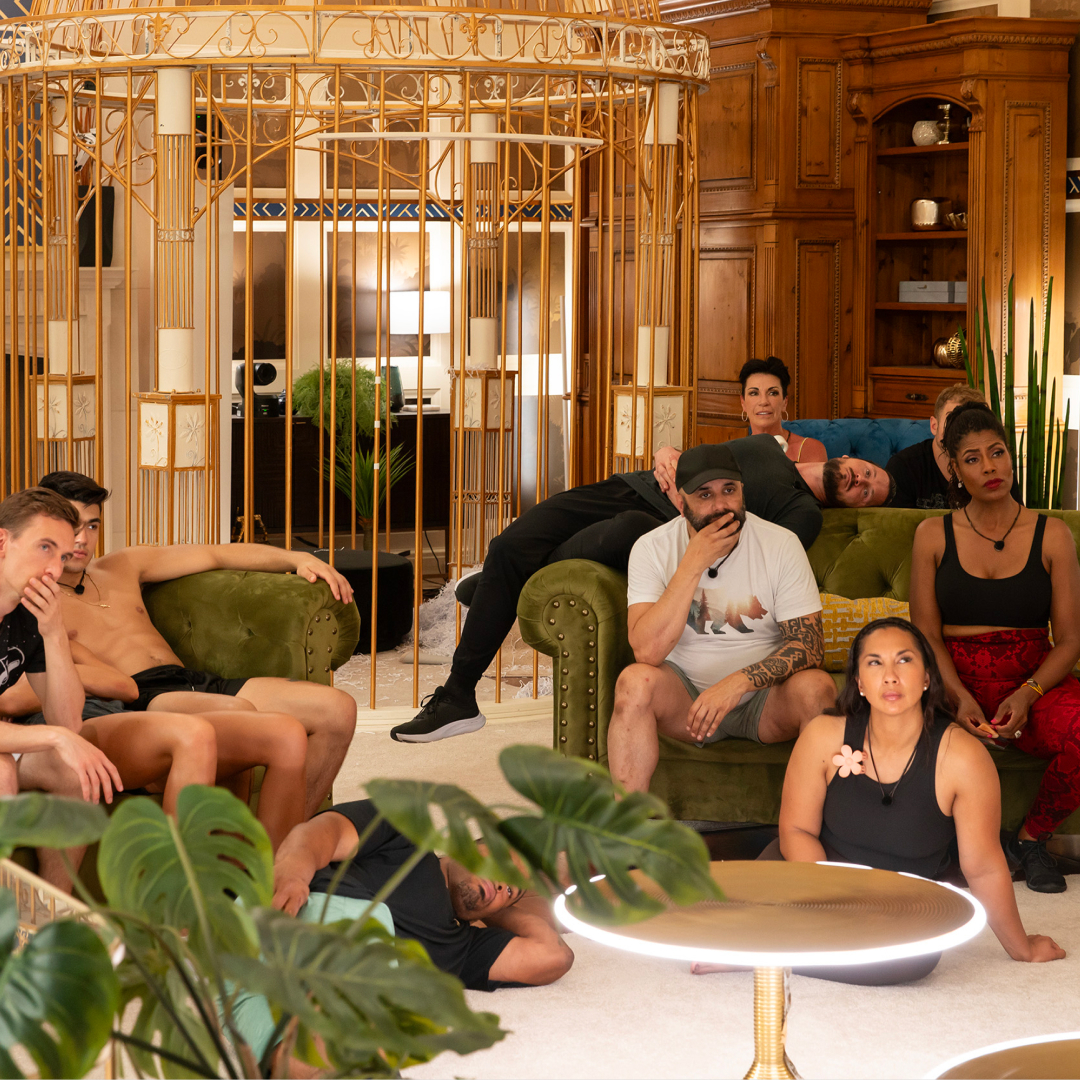 Your Guide to the Cast of 'Got to Get Out,' Which Pits Reality TV Alums Against Each Other for a Chance at $1 Million
Your Guide to the Cast of 'Got to Get Out,' Which Pits Reality TV Alums Against Each Other for a Chance at $1 MillionHulu's answer to 'The Traitors' is here.
By Quinci LeGardye Published
-
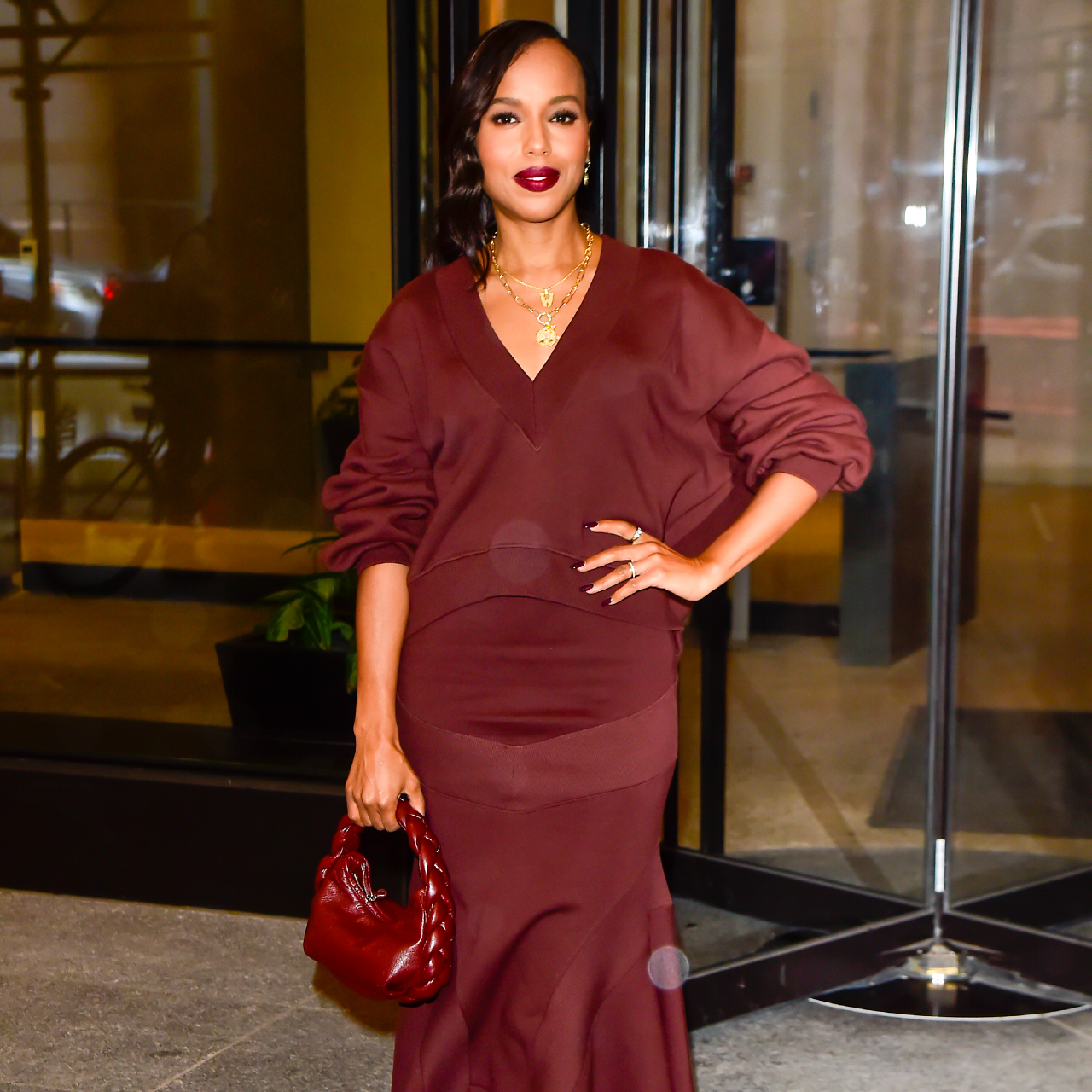 This Summer, My Afro Has One Muse: Kerry Washington
This Summer, My Afro Has One Muse: Kerry WashingtonMy curls understand the assignment.
By Ariel Baker Published
-
 My Blunt Ponytail Obsession Continues Thanks to Tracee Ellis Ross
My Blunt Ponytail Obsession Continues Thanks to Tracee Ellis RossShe's the undisputed queen of the style.
By Ariel Baker Published
-
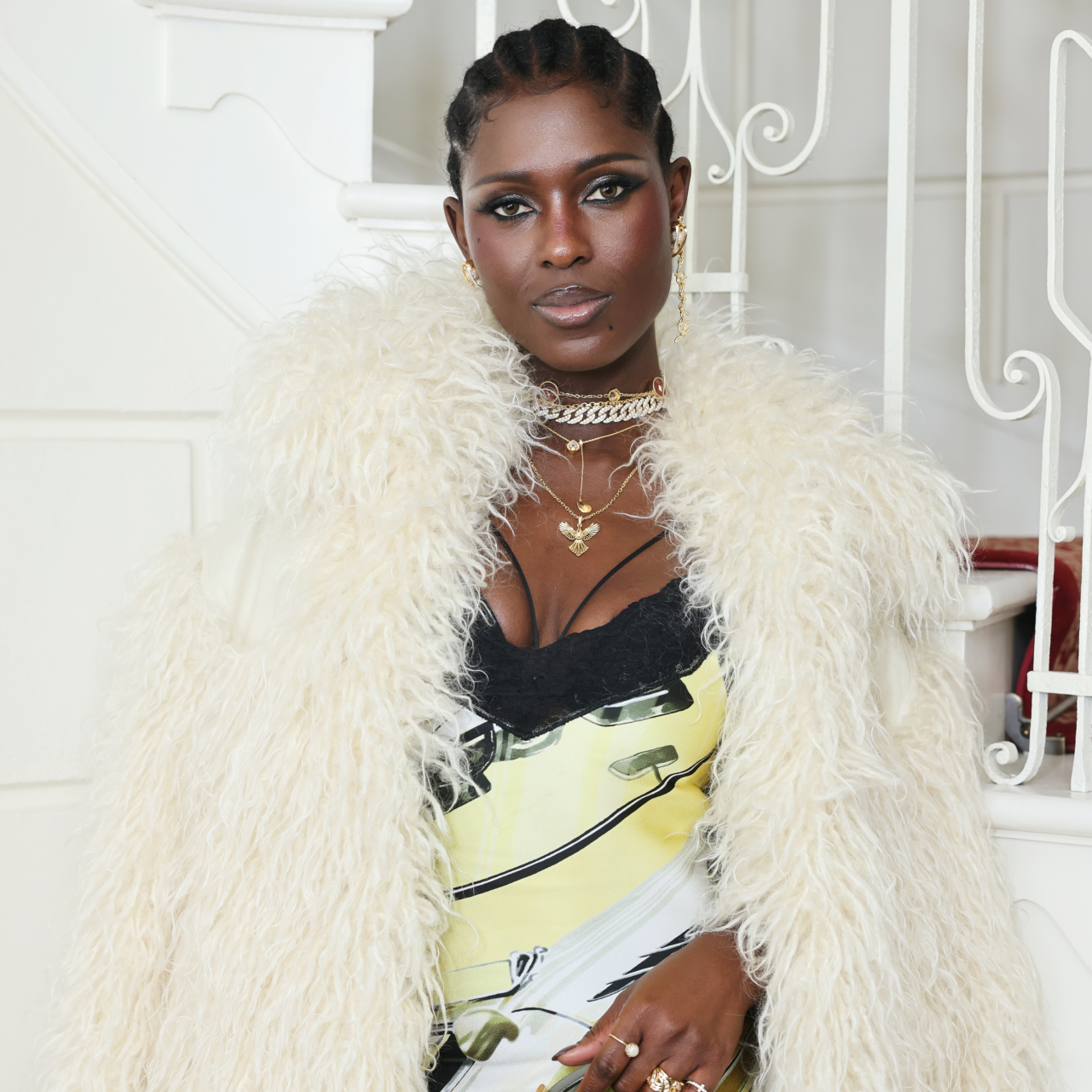 These Goddess Braids Make Jodie Turner-Smith Look Like an Ethereal Fairy
These Goddess Braids Make Jodie Turner-Smith Look Like an Ethereal FairyThe actress revealed stunning goddess braids while promoting her new TV show. See her gorgeous look here.
By Ariel Baker Published
-
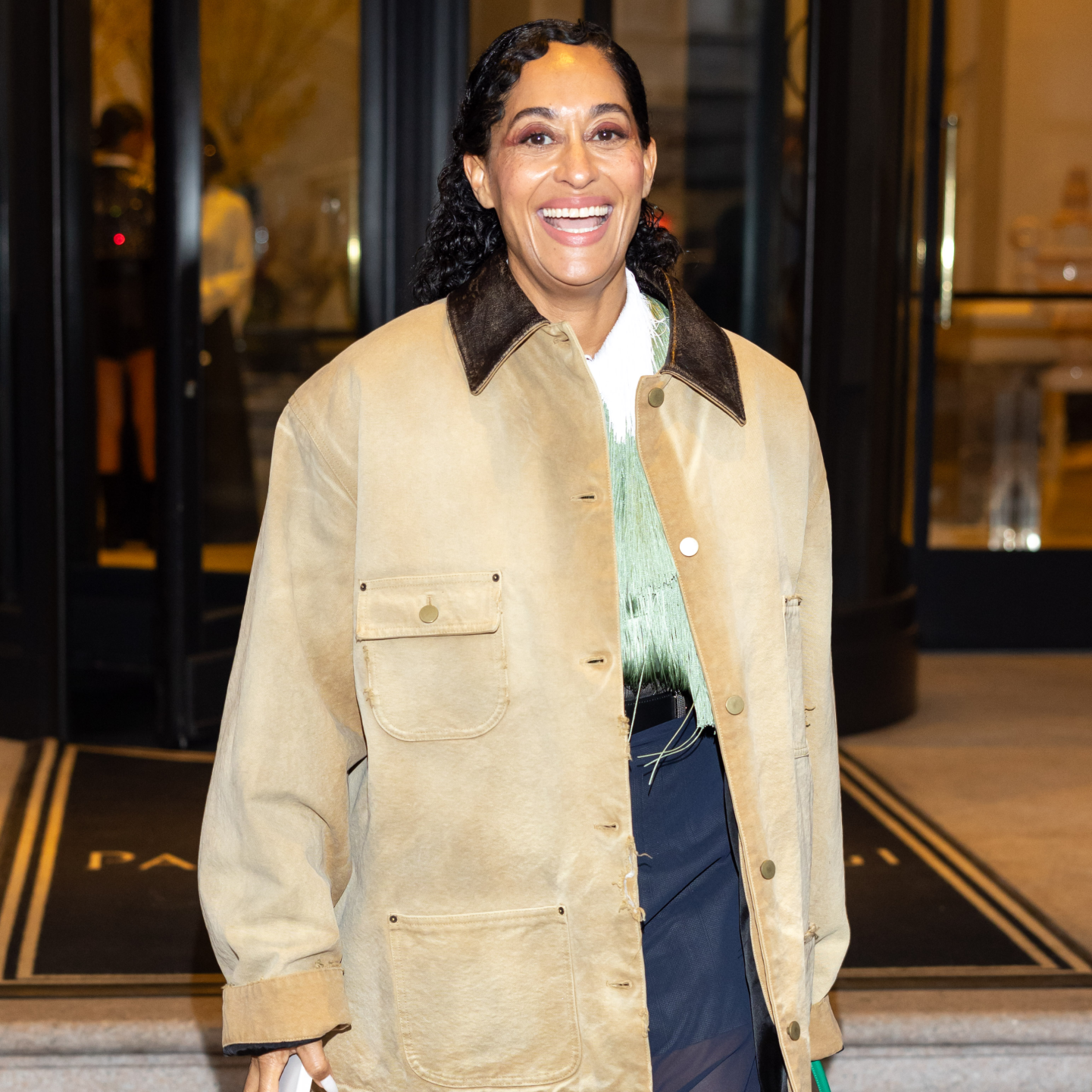 A Slicked-Back Ponytail Is Tracee Ellis Ross’s Go-To Spring Hairstyle, Outshining Her $1,150 Shoes
A Slicked-Back Ponytail Is Tracee Ellis Ross’s Go-To Spring Hairstyle, Outshining Her $1,150 ShoesIt's the official hairstyle for rich girls in-the-know.
By Ariel Baker Published
-
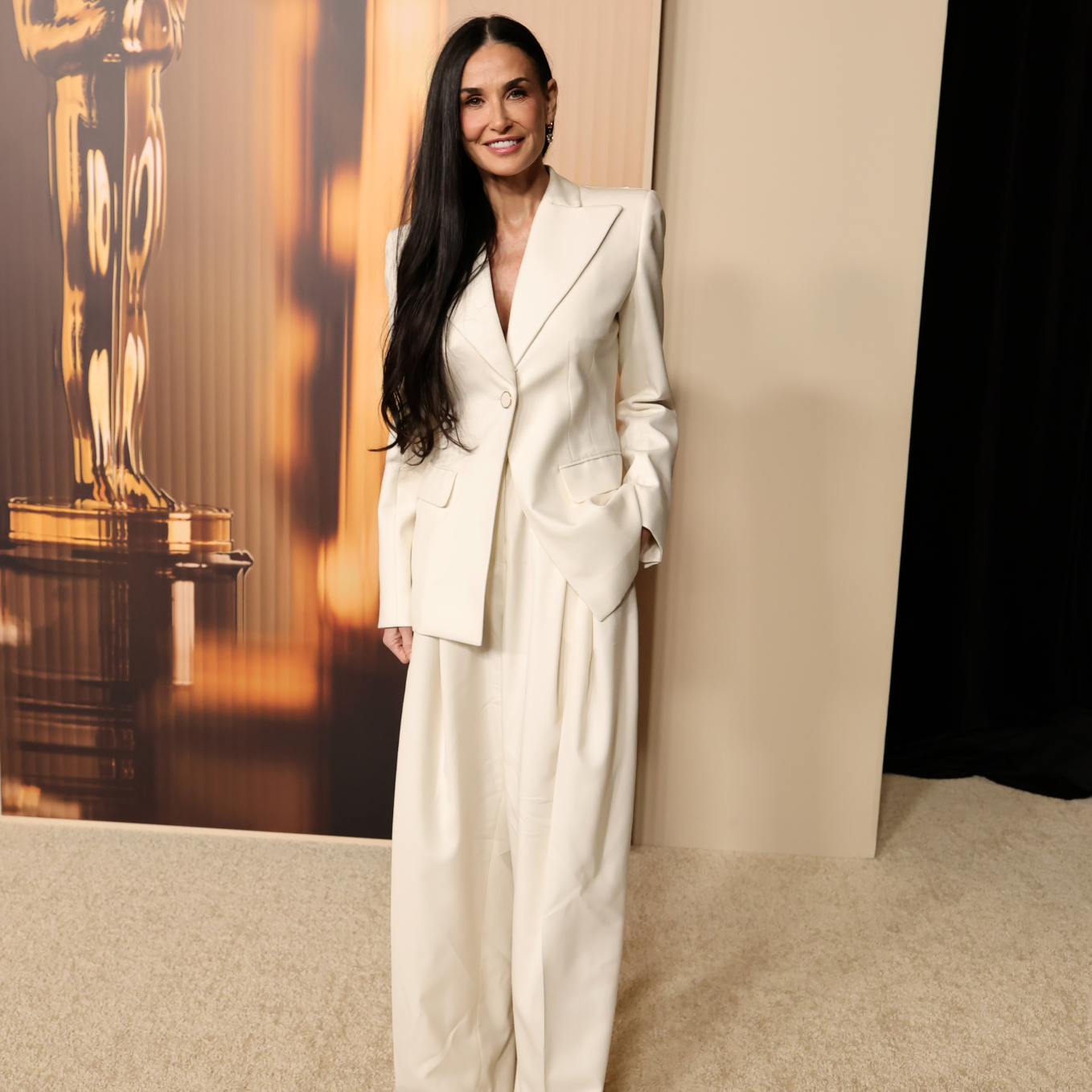 Demi Moore Ditched Her Long Locks for a New Lob Haircut That Screams Old Money
Demi Moore Ditched Her Long Locks for a New Lob Haircut That Screams Old MoneyThe actress revealed a chop that is old-money coded.
By Ariel Baker Published
-
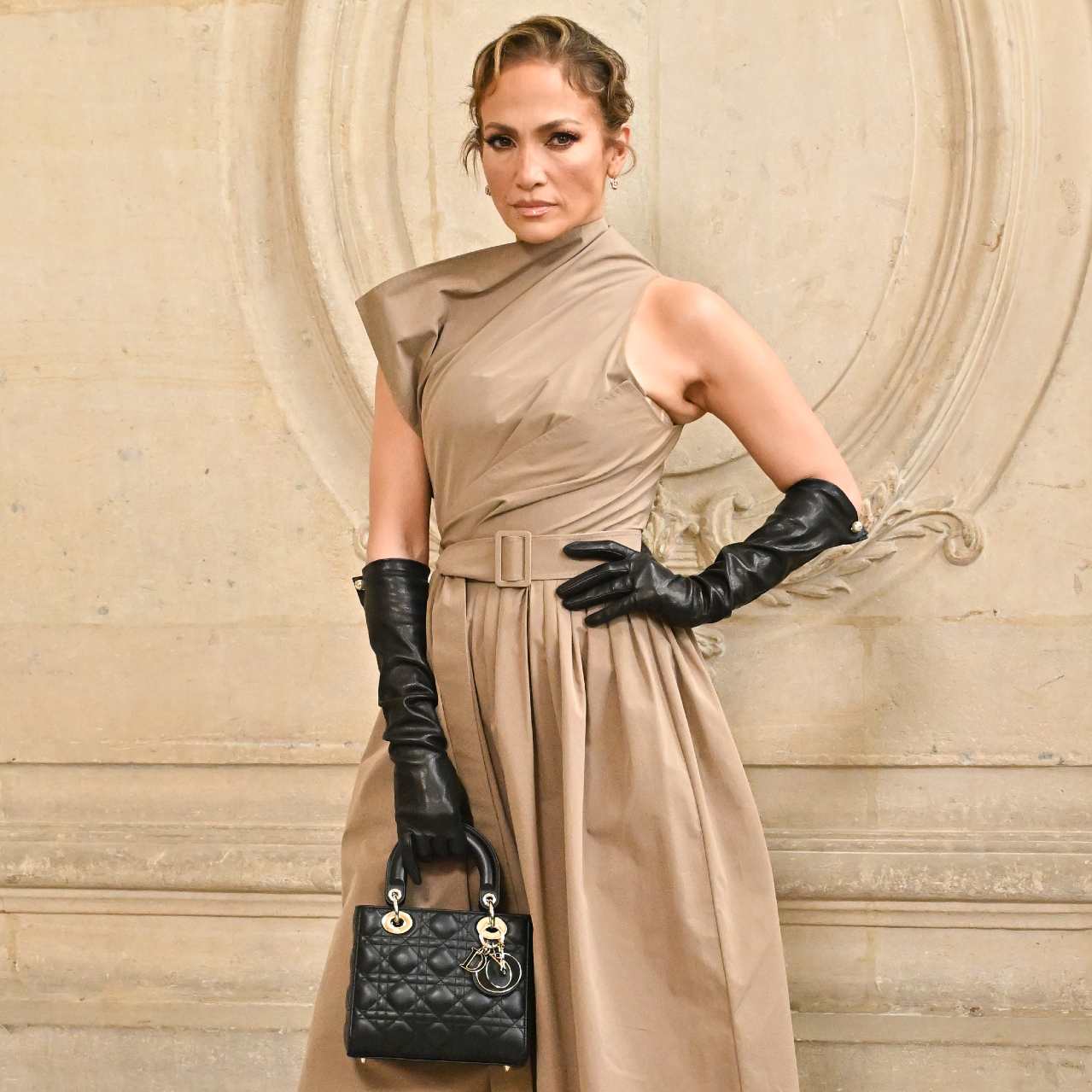 Jennifer Lopez's Broadway Glam Has Cemented Her Angel Status
Jennifer Lopez's Broadway Glam Has Cemented Her Angel StatusFuriously taking notes.
By Ariel Baker Published
-
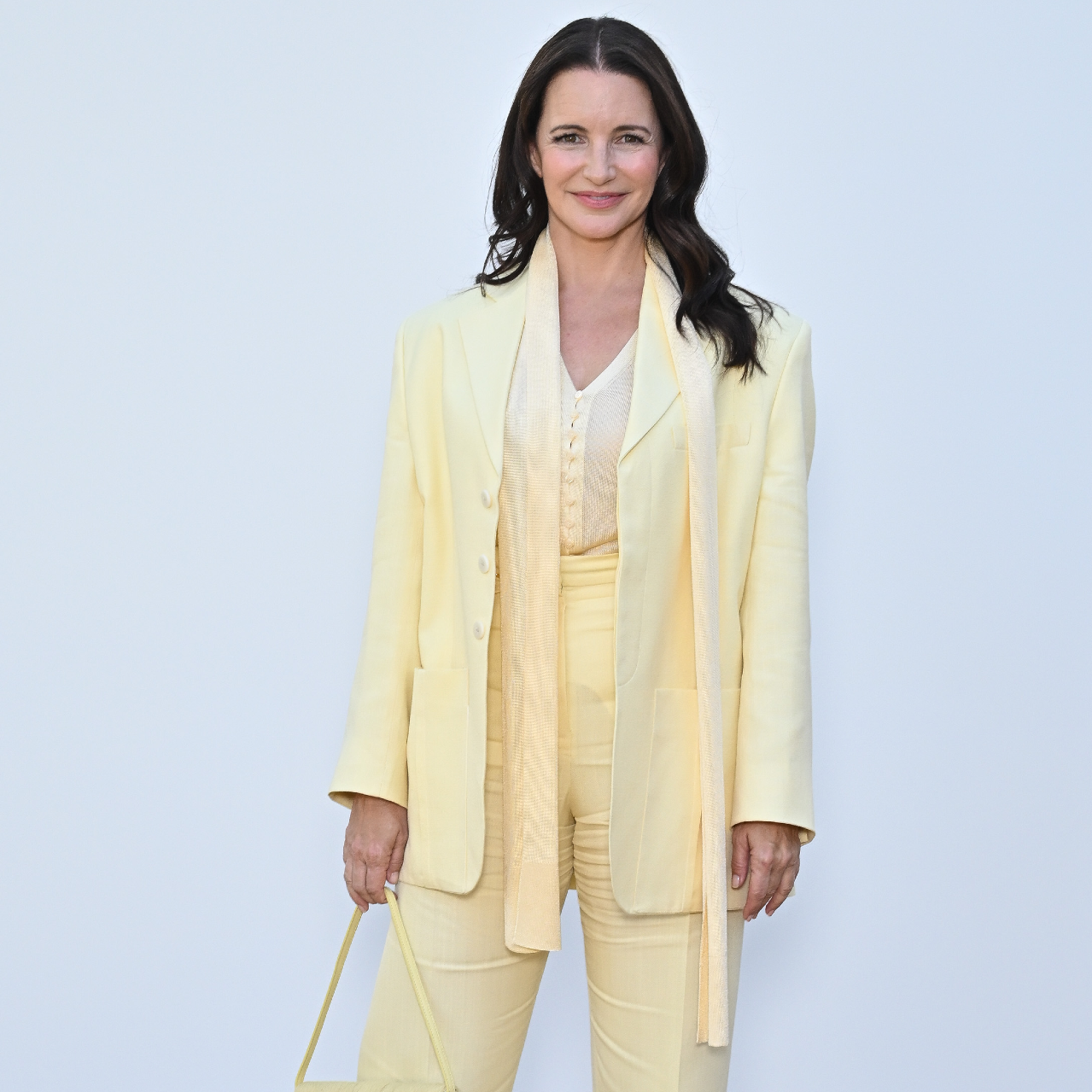 Kristin Davis’s Blowout on 'The Today Show' Is So Charlotte-Coded
Kristin Davis’s Blowout on 'The Today Show' Is So Charlotte-CodedSassy, chic, and perfect for spring.
By Ariel Baker Published
-
 Jenna Ortega Does Grungy Glam Right With '90s-Inspired Hair and Makeup
Jenna Ortega Does Grungy Glam Right With '90s-Inspired Hair and MakeupThe actress was spotted in peak ‘90s-inspired glam.
By Ariel Baker Published